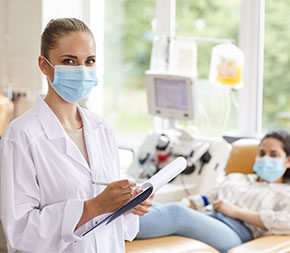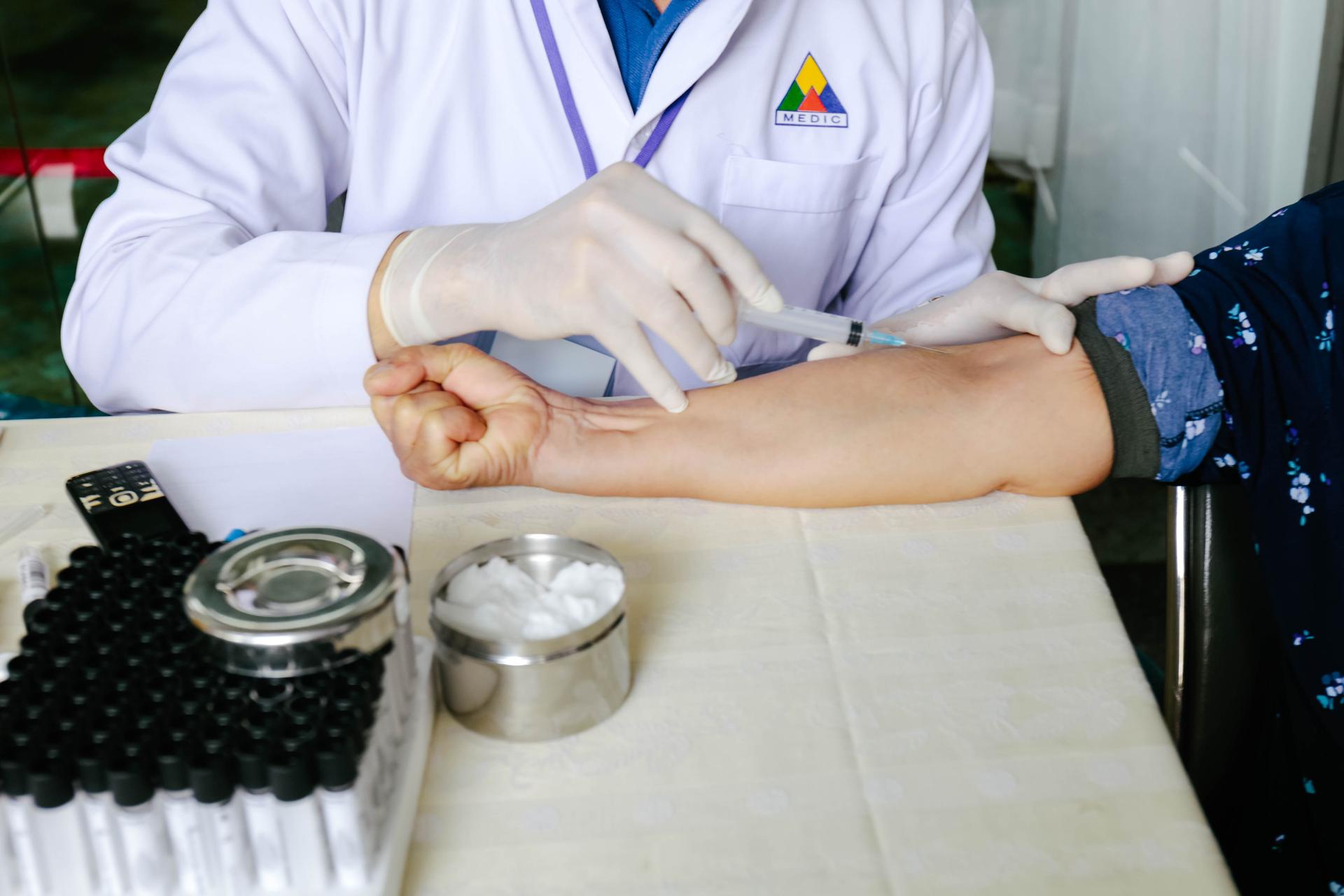Facts About Northeast Medical Institute - New Haven Campus Phlebotomy Course & Cna Class Revealed
Facts About Northeast Medical Institute - New Haven Campus Phlebotomy Course & Cna Class Revealed
Blog Article
What Does Northeast Medical Institute - New Haven Campus Phlebotomy Course & Cna Class Mean?
Table of ContentsNortheast Medical Institute - New Haven Campus Phlebotomy Course & Cna Class - The FactsSome Known Details About Northeast Medical Institute - New Haven Campus Phlebotomy Course & Cna Class Not known Factual Statements About Northeast Medical Institute - New Haven Campus Phlebotomy Course & Cna Class Excitement About Northeast Medical Institute - New Haven Campus Phlebotomy Course & Cna ClassHow Northeast Medical Institute - New Haven Campus Phlebotomy Course & Cna Class can Save You Time, Stress, and Money.Facts About Northeast Medical Institute - New Haven Campus Phlebotomy Course & Cna Class Uncovered
However, using such gadgets must be accompanied by various other infection avoidance and control methods, and training in their usage. Not all safety and security tools are relevant to phlebotomy. Before picking a safety-engineered tool, users must thoroughly examine offered devices to determine their proper use, compatibility with existing phlebotomy methods, and effectiveness in safeguarding personnel and clients (12, 33).For setups with low sources, cost is a driving variable in purchase of safety-engineered gadgets - PCT Training. Where safety-engineered gadgets are not available, proficient usage of a needle and syringe is appropriate. Unintentional direct exposure and certain info regarding an incident should be recorded in a register. Support solutions need to be promoted for those that undergo unintentional exposure.
One of the necessary markers of quality of treatment in phlebotomy is the involvement and participation of the client; this is mutually beneficial to both the health and wellness worker and the patient. Clear details either written or verbal ought to be readily available per person who undergoes phlebotomy. Annex F provides example message for explaining the blood-sampling procedure to a patient. In the blood-sampling space for an outpatient division or facility, provide a comfortable reclining sofa with an arm remainder.
The 3-Minute Rule for Northeast Medical Institute - New Haven Campus Phlebotomy Course & Cna Class
Make sure that the indicators for blood tasting are plainly specified, either in a created method or in documented instructions (e.g. in a lab form). In all times, follow the methods for infection avoidance and control noted in Table 2.2. Infection prevention and control methods. Accumulate all the equipment needed for the treatment and area it within risk-free and easy reach on a tray or cart, guaranteeing that all the products are plainly noticeable.
Introduce yourself to the person, and ask the person to mention their complete name. Check that the lab kind matches the person's identity (i.e. match the client's details with the laboratory form, to guarantee precise identification).
Make the person comfortable in a supine placement (if feasible). The patient has a right to reject an examination at any time prior to the blood tasting, so it is vital to make certain that the patient has recognized the treatment - CNA Courses.
The 8-Second Trick For Northeast Medical Institute - New Haven Campus Phlebotomy Course & Cna Class
Prolong the client's arm and inspect the antecubital fossa or lower arm. Situate a capillary of an excellent dimension that shows up, straight and clear. The diagram in Area 2.3, shows typical placements of the vessels, however several variants are possible. The average cubital blood vessel exists in between muscular tissues and is normally the most easy to puncture.
DO NOT put the needle where veins are drawing away, due to the fact that this enhances the possibility of a haematoma. The blood vessel ought to show up without applying the tourniquet. Locating the capillary will aid in determining the appropriate size of needle. Apply the tourniquet concerning 45 finger sizes over the venepuncture site and re-examine the capillary.
Samplings from main lines bring a risk of contamination or incorrect lab test results. It is appropriate, however not perfect, to attract blood samplings when very first introducing an in-dwelling venous gadget, prior to attaching the cannula to the intravenous liquids.
10 Simple Techniques For Northeast Medical Institute - New Haven Campus Phlebotomy Course & Cna Class
Failing to permit adequate get in touch with time enhances the risk of contamination. DO NOT touch the cleaned up website; in particular, DO NOT place a finger over the blood vessel to direct the shaft of the subjected needle.
Ask the client to develop a hand so the blood vessels are much more popular. Get in the blood vessel swiftly at a 30 degree angle or less, and proceed to introduce the needle along the vein at the easiest angle of entrance - Phlebotomy Classes. As soon as enough blood has been collected, launch the tourniquet prior to withdrawing the needle
Rumored Buzz on Northeast Medical Institute - New Haven Campus Phlebotomy Course & Cna Class
Take out the needle delicately and use mild pressure to the site with a clean gauze or dry cotton-wool sphere. Ask the patient to hold the gauze or cotton wool in position, with the arm expanded and increased. Ask the client NOT to flex the arm, since doing so causes a haematoma.

Rumored Buzz on Northeast Medical Institute - New Haven Campus Phlebotomy Course & Cna Class
Do not push the syringe plunger since additional stress enhances the threat of haemolysis. Where feasible, maintain the tubes in a rack and relocate the rack towards you. Infuse downwards right into the suitable coloured stopper. DO NOT eliminate the stopper due to the fact that it will release the vacuum. If the sample tube does not have a rubber stopper, inject incredibly gradually right into the tube as decreasing the pressure and speed made use of to move the sampling minimizes the risk of recommended you read haemolysis.

Report this page